Click Here To Join Our Telegram Channel for FREE daily tutorials!
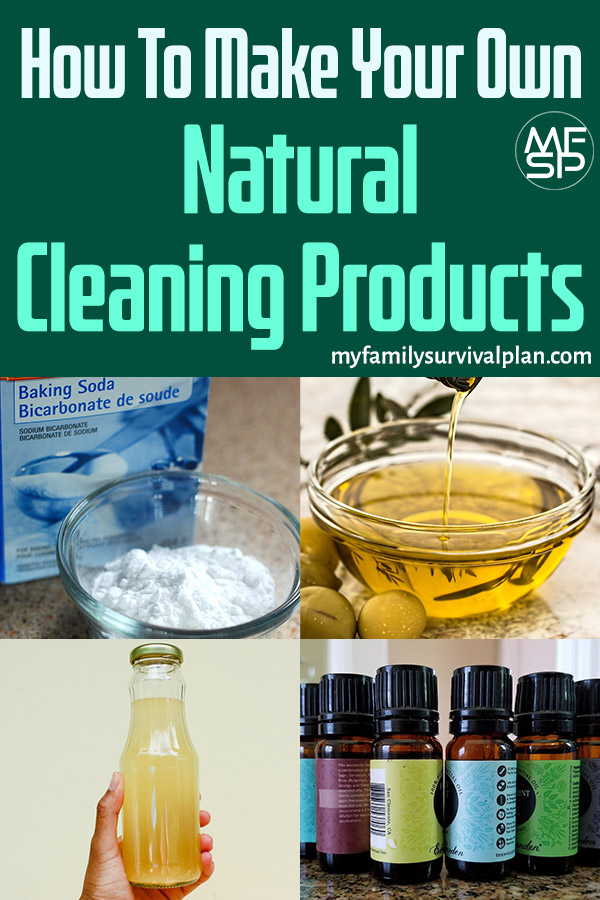
How To Make Your Own Natural Cleaning Products. Photos – Pixabay (PD), Pexels (PD)
Did you know that your cleaning products contain three different categories of hazardous toxins?
Obviously, I knew they weren’t safe to drink or to get in your eyes… but I had no idea they were this toxic: “For starters, the three essential categories into which most of the hazardous ingredients in household cleaning products fall are:
1. Carcinogens – Carcinogens cause cancer and/or promote cancer’s growth.
2. Endocrine disruptors – Endocrine disruptors mimic human hormones, confusing the body with false signals. Exposure to endocrine disruptors can lead to numerous health concerns including reproductive, developmental, growth and behavior problems. Endocrine disruptors have been linked to reduced fertility, premature puberty, miscarriage, menstrual problems, challenged immune systems, abnormal prostate size, ADHD, non-Hodgkin’s lymphoma and certain cancers.
3. Neurotoxins – Neurotoxins alter neurons, affecting brain activity, causing a range of problems from headaches to loss of intellect.” (green.wikia.com)
For starters?! That’s just the beginning? Apparently, Phthalates, Perchloroethylene or “PERC”, Triclosan, Quarternary Ammonium Compounds, or “QUATS”, 2-Butoxyethanol, Ammonia, Chlorine and Sodium Hydroxide are just some of the substances found in regular cleaning products that alter our health.
Then there are the so-called “green products” that have just started to invade supermarkets, ever since the eco-bio boom. But here’s the thing: even if they claim these products are 100% natural and safe for your home… that doesn’t mean they’re non-toxic, according to the “The Sins of Greenwashing” report in 2010.
So the best thing you can do is make your own natural cleaning products. Trust me, it’s not complicated at all. In fact, it’s easier than going to the supermarket and back… and it’s a lot (A LOT!) cheaper.
I found a list of basic ingredients for DIY cleaners on Apartment Therapy, so here’s what you’ll need:
• Baking Soda
• White Vinegar
• Hydrogen peroxide
• Borax
• Essential oils, like tea tree oil, lavender oil, eucalyptus oil, or lemongrass oil
• Castile soap (like Dr. Bronner’s)
• Fresh herbs, citrus, or citrus peels
• Olive or vegetable oil
• Kosher salt
• Water
You’re also going to need:
• Measuring cups and spoons
• Jars
• Spray bottles
• Bucket
So let’s start with porcelain and tile cleaners, as they cover quite a wide surface in most apartments and houses.
 source: www.hadeedcarpetcleaning.com
source: www.hadeedcarpetcleaning.com
For horizontal surfaces (such as counters), you can sprinkle baking soda, then soak a sponge in water and scrub the surface. You can also use kosher salt on persistent stains, but scrub gently, so you don’t scratch the tile.
For vertical surfaces (walls), try some homemade disinfectant: 2 cups of water, 3 tablespoons of liquid soap and 30 drops of tea tree oil (recipe I read on thedailygreen.com). The whole place will smell incredibly good and everything will be as clean as it gets.
For grease stains, use vinegar. I’ve been using it for a long time, my grandma taught me this trick and it always worked.
Now here’s a window cleaner recipe from parentables.howstuffworks.com. It’s really easy to make and it’s very efficient:
 source: www.expresshousecleaning.com.au
source: www.expresshousecleaning.com.au
Mix 2 gallons of warm water, 1/2 cup vinegar, and 2 tsp. liquid dish detergent in a big bucket. Dip a sponge or squegee into the mixture and scrub the windows. Use the squegee to remove all liquid from the windows. Finish by wiping clean with a dry rag.
But what about floor cleaners?
 source: mustknowhow.com
source: mustknowhow.com
If you’ve got wooden floors, here’s another little trick I got for my grandma: in a bucket, mix 2 part water with 1 part white vinegar and mop the floor with it. Let it dry completely before entering the room again. According to gomestic.com, this method is no longer endorsed by the National Wood Flooring Association, but I reccomend it wholeheartedly. My gran used it for decades and her floors were perfectly fine.
For ceramic and laminate floors, you can use the natural disinfectant I told you about earlier: 2 cups of water, 3 tablespoons of liquid soap and 30 drops of tea tree oil. But you don’t need to use it every time you mop. Soaking the mop in a 3 part water, 1 part baking soda will do just fine if there are no persistent stains.
If you want a natural carpet cleaner as well, you can try this recipe:
 source: bestpickreports.com
source: bestpickreports.com
Mix 1/2lb baking powder with up to 3.5-oz. corn flour. Then crumble dried bay leaves and add them into the mixture. If you want to, you can also add a handful of potpourri to give it a fresh smell. Now you’ll have to cover the container and shake the mixture.
If you’ve got stains, apply some of the powder onto the stained area and leave it overnight. Wipe off the powder the next day and then vacuum to make sure no residue remains in the carpet. (searchwarp.com)
That’s all for now, but I can’t wait to read your own recipes in the comments section. Also, if you try these ones out, tell me how they worked for you, what you’d add to make them more efficient or smell better. Any tip is welcomed here!
This Crazy Off Grid Device Literally Makes Drinkable Water From Fresh Air:
According to NASA, the U.S. is expecting a 100-YEAR LONG MEGADROUGHT.
It's already begun. Ask the farmers in California. They know.
Every survivalist knows that water is of critical importance. You NEED an independent water source that you can count on!
As an interesting "survival rehearsal" - imagine that you turned the tap on right now and nothing came out. How long would you last?
But what if there was another water source literally hidden in plain sight. That's right, I'm talking about the atmosphere!
The amazing thing about getting water from the natural moisture in the air... is that it is ALWAYS available.
This gives you real water security!
Learn more about how to tap into "Nature's secret water reservoir" and stay hydrated when TSHTF!
Watch the video:
😳 What Tinnitus Does To Your Brain Cells (And How To Stop It)
After 47 years of studies and countless brain scans done on more than 2,400 tinnitus patients, scientists at the MIT Institute found that in a shocking 96% of cases, tinnitus was actually shrinking their brain cells.
As it turns out, tinnitus and brain health are strongly linked.
Even more interesting: The reason why top army officials are not deaf after decades of hearing machine guns, bombs going off and helicopter noises…
Is because they are using something called "the wire method", a simple protocol inspired by a classified surgery on deaf people from the 1950s...

I Can't Help Showing This Off:
If you haven't heard of Claude Davis yet do yourself a huge favor and watch this video.
One of the smartest guys I ever had the pleasure of meeting, Claude set-up a unique prepping system that changed his life forever.
I already tried it myself and let me tell... you I was completely blown away... His surprising tactics could make your life easier and give you the peace of mind you deserve.
Don't just take my word for it... watch his short video and decide for yourself.

Most People Don't Have The Guts To Try This:
An amazing discovery in an abandoned house in Austin, Texas: A lost book of amazing survival knowledge, believed to have been long vanished to history, has been found in a dusty drawer in the house which belonged to a guy named Claude Davis.
Remember... back in those days, there was no electricity... no refrigerators... no law enforcement... and certainly no grocery store or supermarkets... Some of these exceptional skills are hundreds of years of old and they were learned the hard way by the early pioneers.
>> Click here to find out about them now
We've lost to history so much survival knowledge that we've become clueless compared to what our great grandfathers did or built on a daily basis to sustain their families.
Neighbors said that for the last couple of years Claude has tried to unearth and learn the forgotten ways of our great-grandparents and claimed to have found a secret of gargantuan proportions. A secret that he is about to reveal together with 3 old teachings that will change everything you think you know about preparedness:
>>> Click Here To Watch His Short Video <<<

More Off-Grid And Survival Resources:

What REALLY Happens When You Bury a Shipping Container? (Hint: It's A Bit Crazy...)
Shipping containers are all the rage - but if you are thinking about buying one, you MUST watch this video first:
There's a general belief that if you bury a shipping container you can create an awesome root cellar / storm shelter / survival bunker.
But is a shipping container strong enough to handle the pressure?
Watch the video to see what happens:
What Really Happens When You Bury a Shipping Container? (Click To Watch Video)

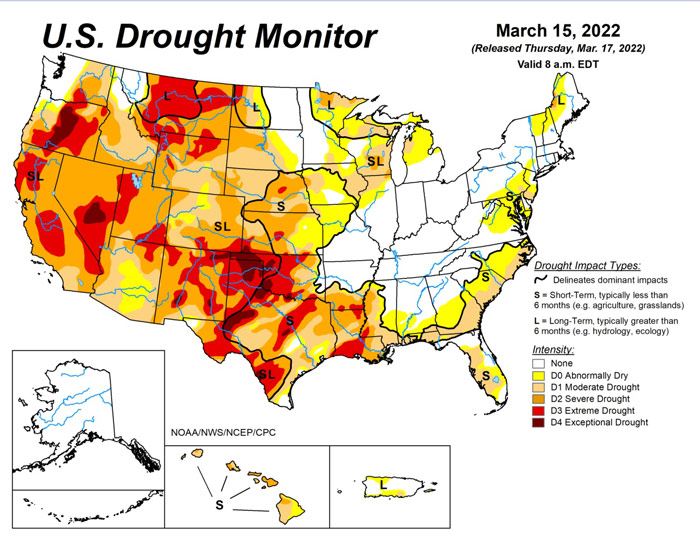
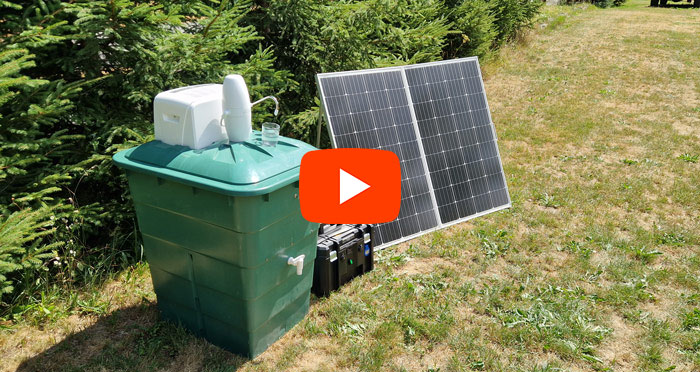



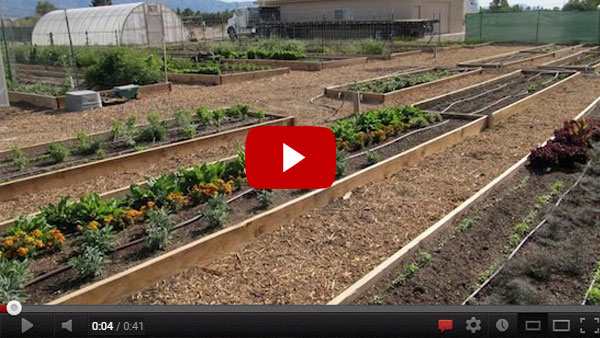
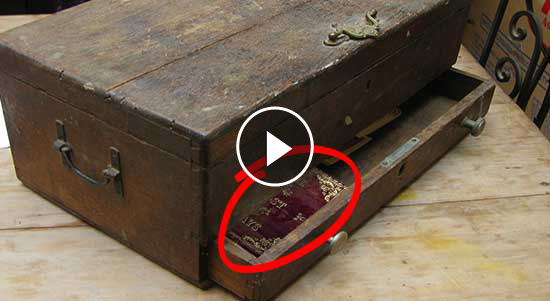
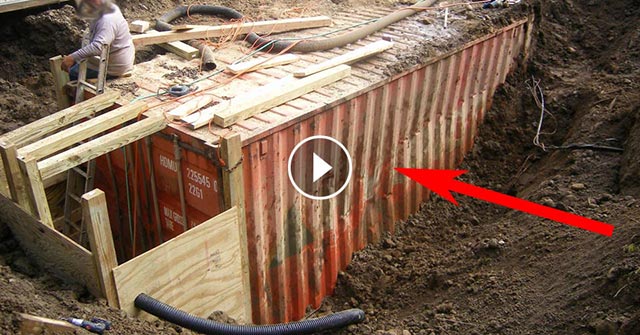

I am going to be making some of these today !! You have inspired me thank u